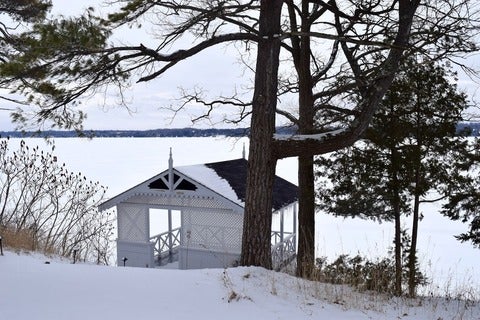Stratford White House blues
Sticking with Stratford, our local Architectural Conservancy Ontario branch has just heard that the branch’s nomination of the city of Stratford for induction into the North America Railway Hall of Fame has been accepted. Hooray!





